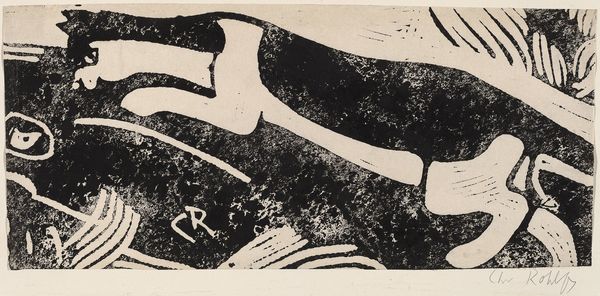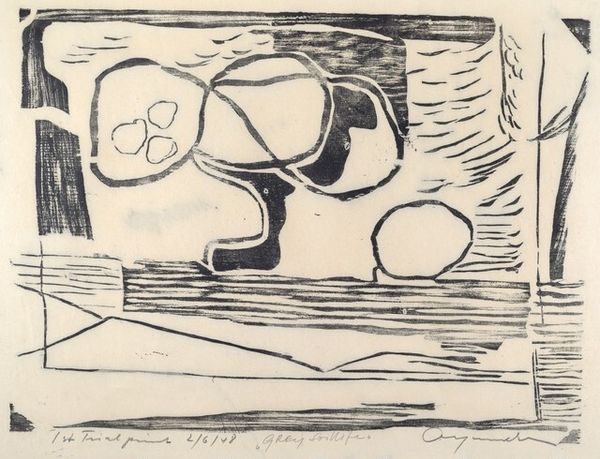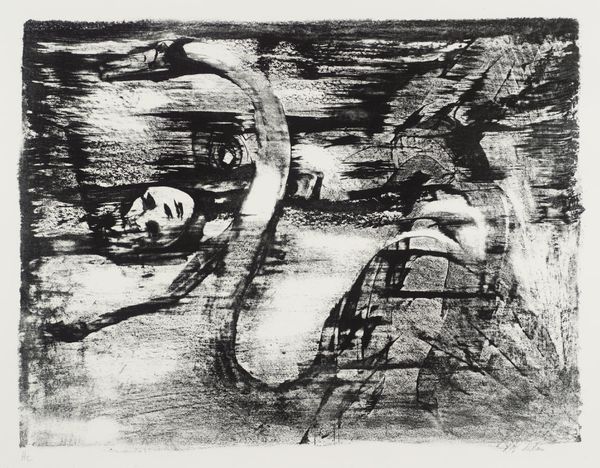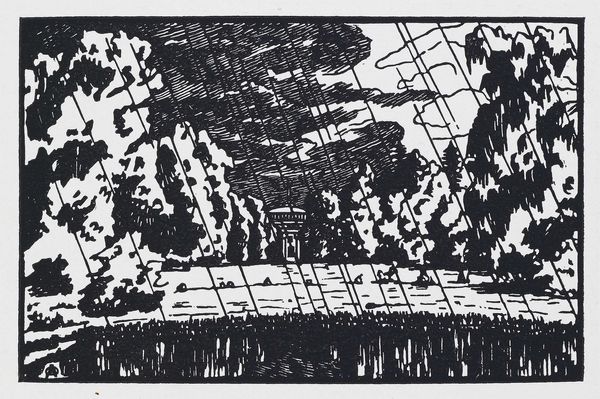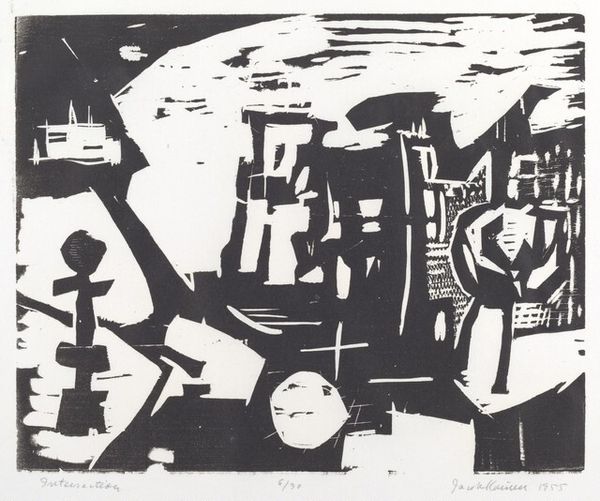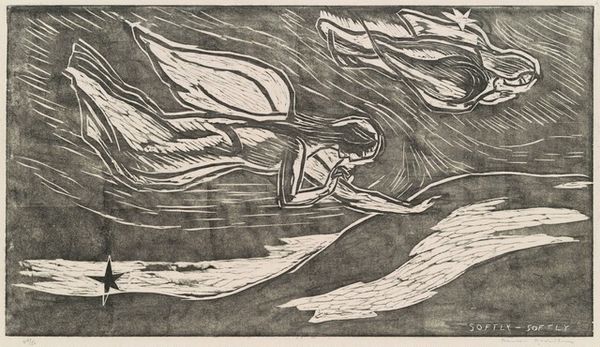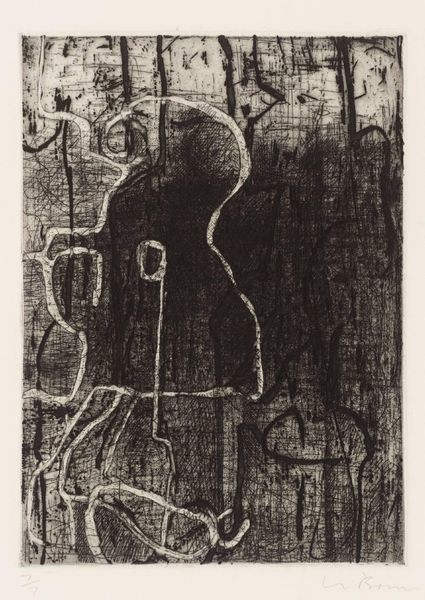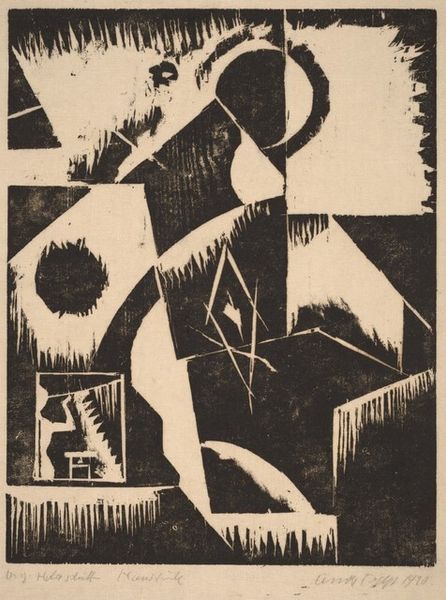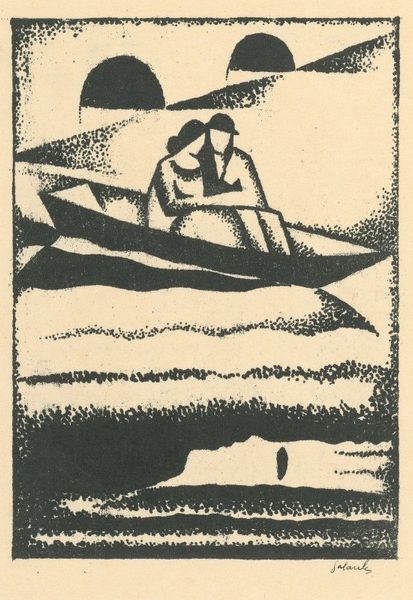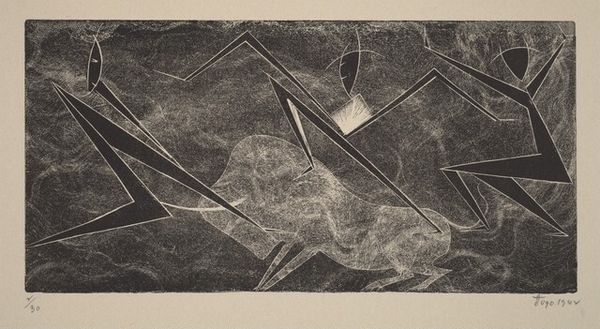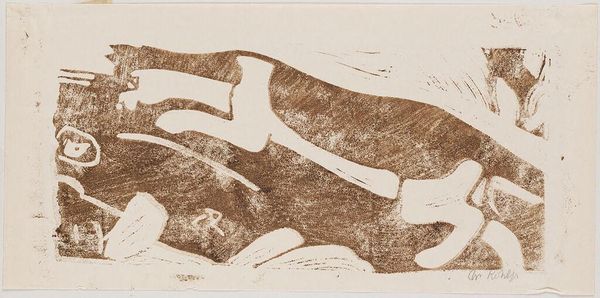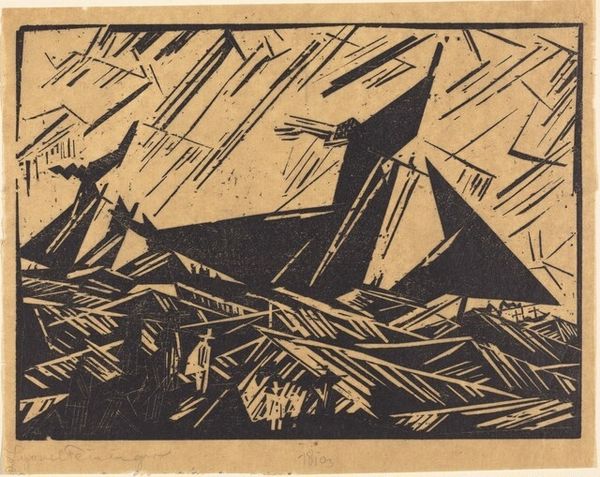
drawing, print, ink
#
drawing
# print
#
landscape
#
ink
#
abstraction
#
line
Copyright: National Gallery of Art: CC0 1.0
Curator: I'd like to introduce you to "Mollieres" by Jacques Ramondot, rendered using ink in a printmaking process. The style reads to me as a blend of abstraction within a landscape. Editor: Well, immediately, I'm struck by its density. The layered lines, the tangible mark-making, feel very insistent and present. It's a stark visual world, almost dystopian, even. Curator: Absolutely. We can delve into that darkness. When we talk about landscape, it's never a neutral space, right? "Mollieres" makes me consider environmental politics—the potential for ruin and extraction to scar a space and also potentially reshape or expose class relations. Editor: The materials reinforce that reading. Ink—an easily reproduced and disseminated medium—paired with the mechanics of printmaking, speak to a social purpose, to the means of getting imagery and, implicitly, its message out to a wide populace. Is Ramondot making an argument here? Curator: He's definitely inviting us to confront some tensions. Look at the way those gestural lines work against a relatively calm horizon. What might at first glance seem like just a scene reveals disruption—the potential ecological impact or, arguably, social unrest within an existing power dynamic. What is hidden and who benefits? Editor: There's also a brutal simplicity in its composition. No painterly flourishes or sensual plays of light, just stark value contrasts made from careful accumulations of line. The work feels labored over, calling attention to the physical act of creation. It makes you wonder about Ramondot’s labor, and about other forms of obscured, invisible work done in this space. Curator: Exactly, the materiality makes these questions more forceful. Thinking about artistic labour adds nuance here. Is there a social commentary, thinking through class, the accessibility and relative affordability of these material? What dialogues emerge? Editor: Ultimately, this feels like more than just an aesthetic exercise; it becomes a profound engagement with the social realities embedded within a landscape tradition. Curator: Agreed. "Mollieres" forces us to really dig deep and see the latent stories layered within these artistic choices, expanding the conversation on the environment, place, and social concerns.
Comments
No comments
Be the first to comment and join the conversation on the ultimate creative platform.
